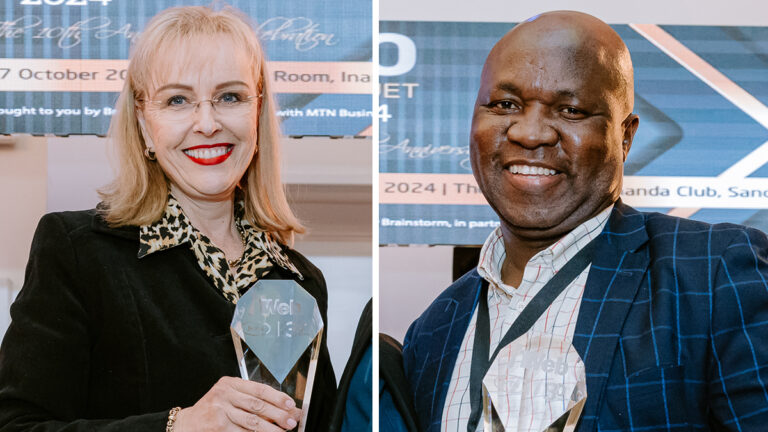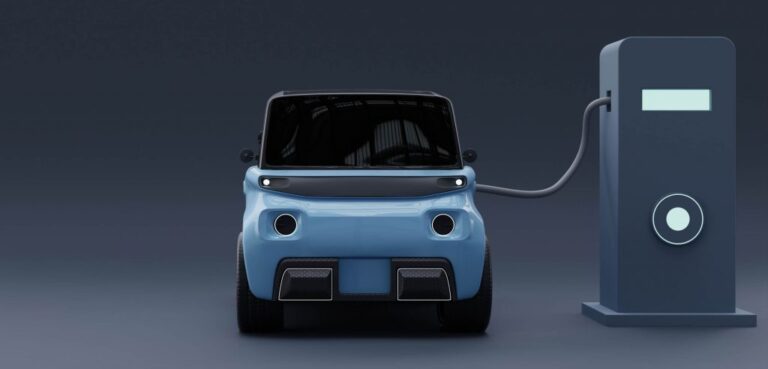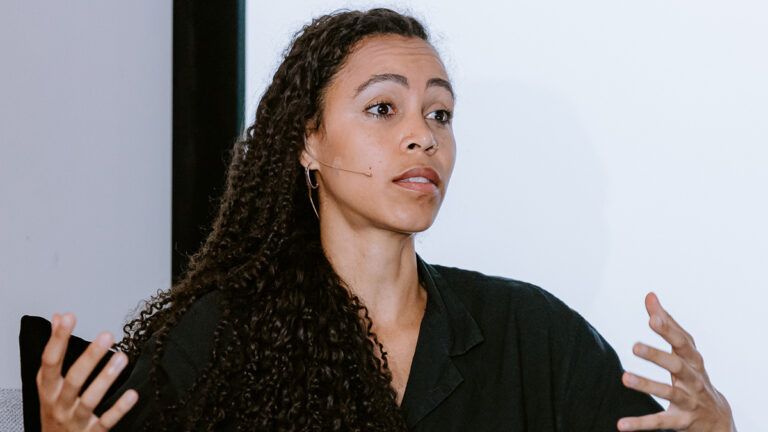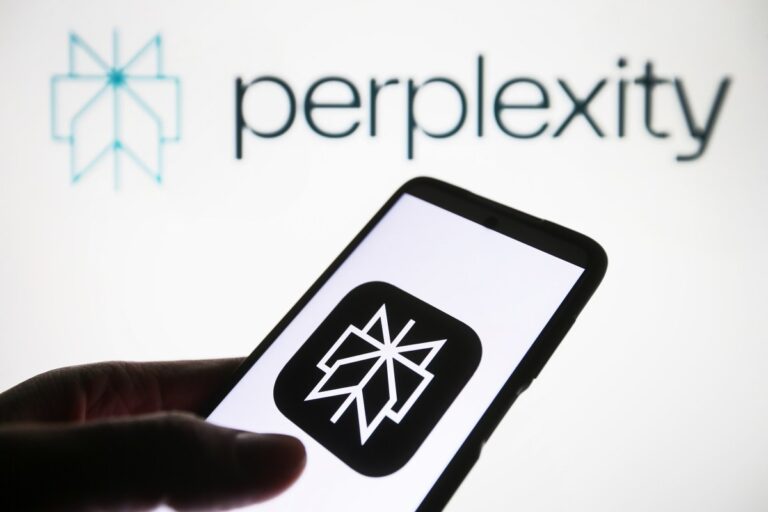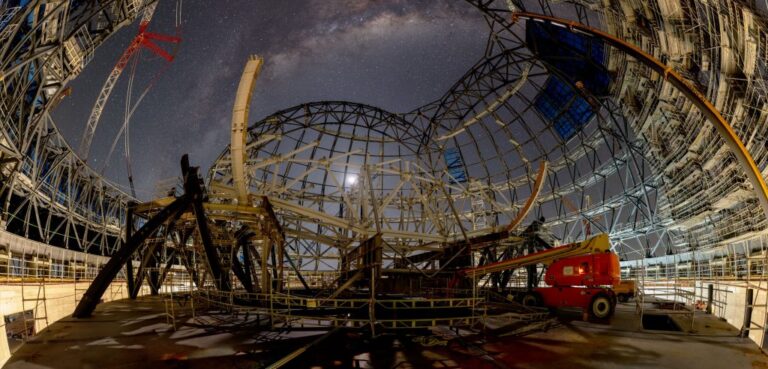Tech’s Ticking Time Bomb: The Shady Side of the Digital Revolution
You won’t want to miss these explosive tech stories that shook the world in the past 24 hours:
- Migrant delivery workers in South Africa find a new way to survive in a treacherous landscape: In a precarious world where migrant food delivery workers face danger, crime, and xenophobia, they’re forming informal unions on social media to share safety tips and crowdfund medical expenses. But will it be enough to keep them safe? Read more
- Apple’s M4 Macs are coming, but what’s the real game-changer? Get ready for a lineup of iMac, MacBook Pro, and Mac mini upgrades with 16GB RAM as standard, Wi-Fi 7, and M4 Pro/Max chips built on a 3nm process. But will it be enough to take down the competition? Read more
- The dark side of legacy IT systems: Burdened by inefficiencies, high maintenance costs, and security risks, outdated IT systems are becoming a major obstacle for businesses. Can they keep up with the demands of AI and machine learning? Read more
- Science brings us closer to resurrecting the Tasmanian tiger: Scientists claim to have made a breakthrough in reviving the extinct marsupial, but at what cost? Read more
- Elon Musk takes on the tech elite, but what’s behind the drama? The WSJ’s Tech Live event kicked off with a bang, featuring interviews with Reddit co-founder Ried Hoffman, Netflix co-CEO Ted Sarandos, and composer Hans Zimmer. But what inspired the controversy? Read more
- Tim Cook speaks out on AI silence: Apple CEO Tim Cook is aware they won’t be first to market with AI, but says it’s about being the best. Chilling words, or a bold move? Read more
- Autonomous underwater robot goes for a spin: Meet Tethys One, capable of mapping and recognizing new areas, with potential applications in search and rescue, and even weapons detection. Watch the thrilling video here
- US proposes curbing AI and semiconductor investment in China: As the tech war rages on, the US wants to restrict investment in China, citing "sensitive technologies." But what are the real motives? Read more
Stay ahead of the curve with TechCentral’s daily dose of tech news and analysis. Don’t miss our latest article:
See the software code that helped end apartheid
And if you missed it yesterday, catch up on the top stories from the past 24 hours:
… stay tuned for more explosive tech news that will keep you on the edge of your seat!



